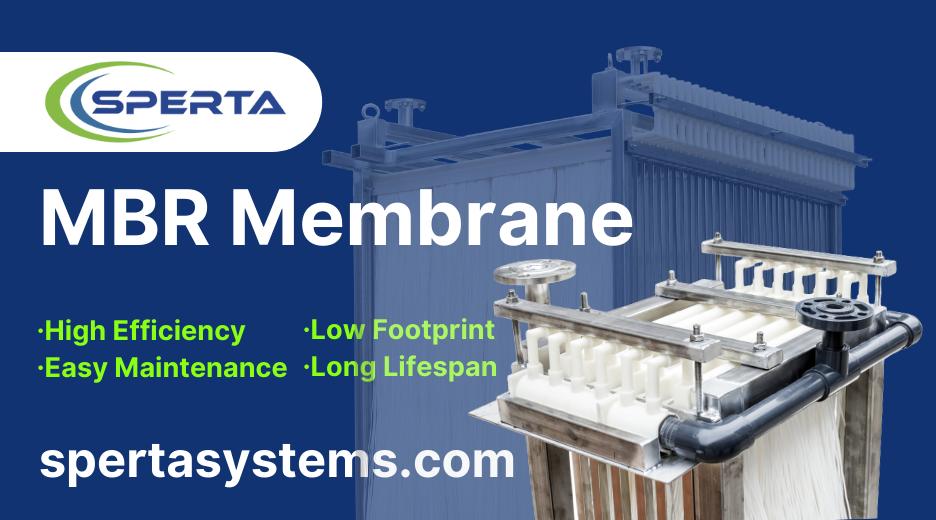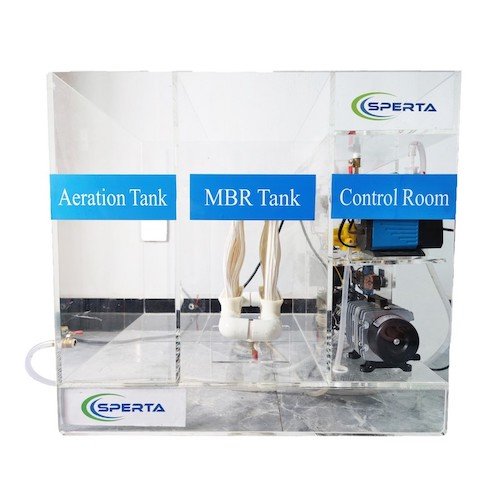Nitrification and denitrification are important biological processes in wastewater treatment that work together to remove harmful nitrogen compounds, ensuring water quality and environmental health.
What is Nitrification?
Nitrification is a critical aerobic process in wastewater treatment where ammonia (NH3) is converted into nitrate (NO3-) through an intermediate product, nitrite (NO2-). This conversion is facilitated by autotrophic bacteria, primarily Nitrosomonas and Nitrobacter. Nitrosomonas oxidize ammonia to nitrite, while Nitrobacter further oxidizes nitrite to nitrate. This process is essential for removing ammonia, a toxic compound detrimental to aquatic life and human health.
Nitrification plays a vital role in wastewater treatment due to the environmental impacts of ammonia. High ammonia levels in water bodies can lead to eutrophication, depleting oxygen levels and harming aquatic ecosystems. By converting ammonia to nitrate, nitrification helps mitigate these environmental risks, improving water quality and supporting ecosystem health.
What is Denitrification?
Denitrification is the anaerobic process that complements nitrification by converting nitrate (NO3-) back into nitrogen gas (N2), which is then released into the atmosphere. This process is carried out by heterotrophic bacteria under anoxic conditions, using organic carbon as an energy source. Denitrification is crucial for removing excess nitrates from wastewater, preventing the accumulation of these compounds in water bodies, which can also lead to eutrophication.
How Does Denitrification Complement Nitrification?
Denitrification and nitrification are interconnected stages of the nitrogen cycle in wastewater treatment. While nitrification removes ammonia by converting it into nitrate, denitrification completes the cycle by reducing nitrate to nitrogen gas. Organic carbon is vital for denitrification, highlighting the importance of balancing carbon and nitrogen in wastewater treatment processes to ensure efficient nitrogen removal.
What Role Do Nitrification and Denitrification Play in MBR Systems?
In Membrane Bioreactor (MBR) systems, nitrification and denitrification are integrated with advanced membrane technology, offering a compact and efficient solution for nitrogen removal. MBR systems provide controlled conditions that optimize the activities of nitrifying and denitrifying bacteria, enhancing the overall efficiency of the nitrogen removal process. The precise control over environmental conditions, such as dissolved oxygen and retention time, allows MBR systems to achieve high levels of nitrification and denitrification, ensuring superior effluent quality.
Nitrification and denitrification are essential for maintaining water quality and environmental balance, with MBR technology offering a promising solution for effective nitrogen management in wastewater treatment. By understanding and optimizing these processes, we can ensure water resources’ sustainability and aquatic ecosystems’ health.
The above is the information about the nitrification and denitrification in wastewater treatment. If you still have related questions , please feel free to contact SPERTA.
Shanghai SPERTA Environmental Technology Co., Ltd. has specialized in producing water treatment products for many years. The company has its own MBR membrane technology, a complete technical team, and pre-sales and after-sales service. If you have any needs, please feel free to contact us.













